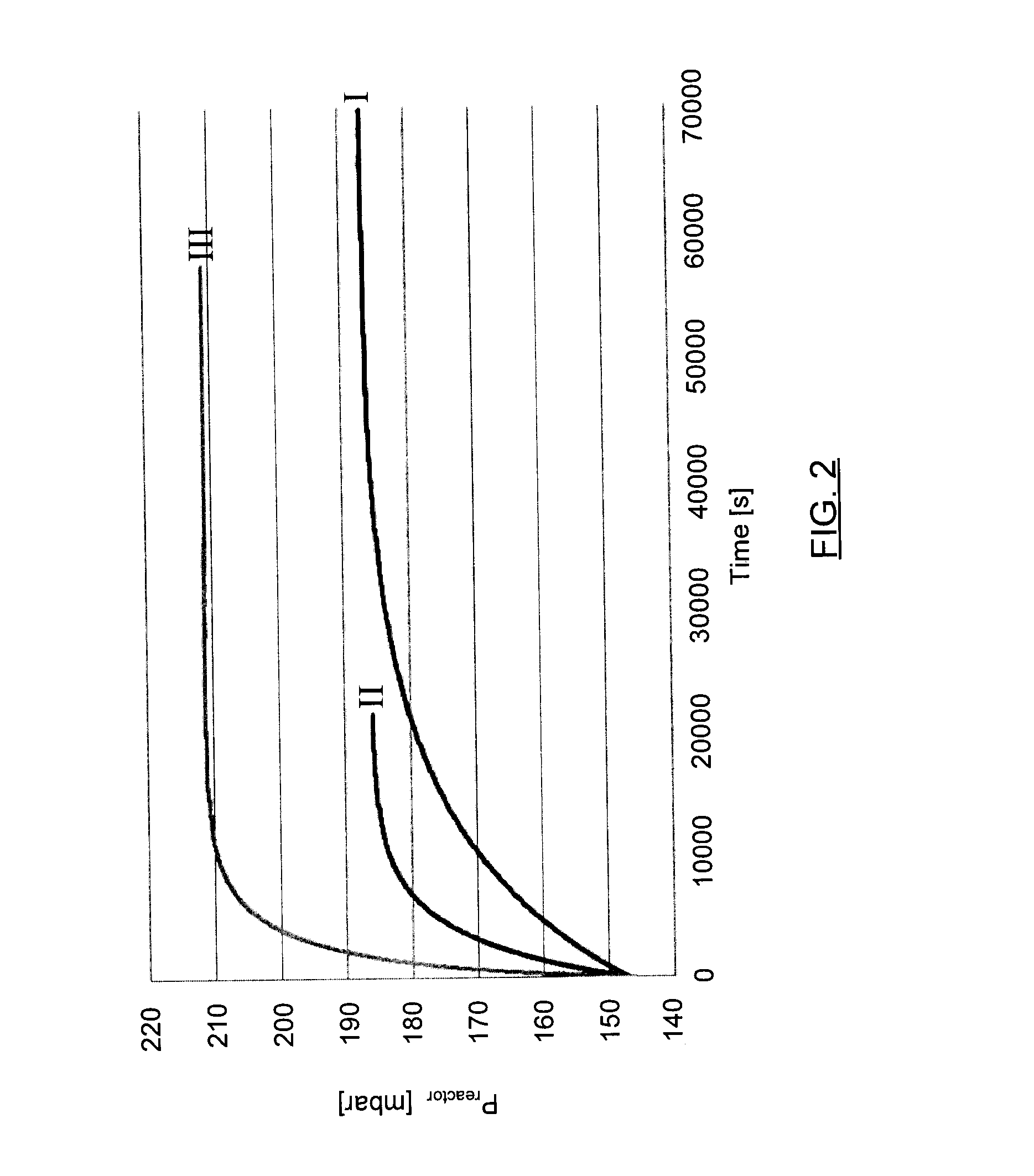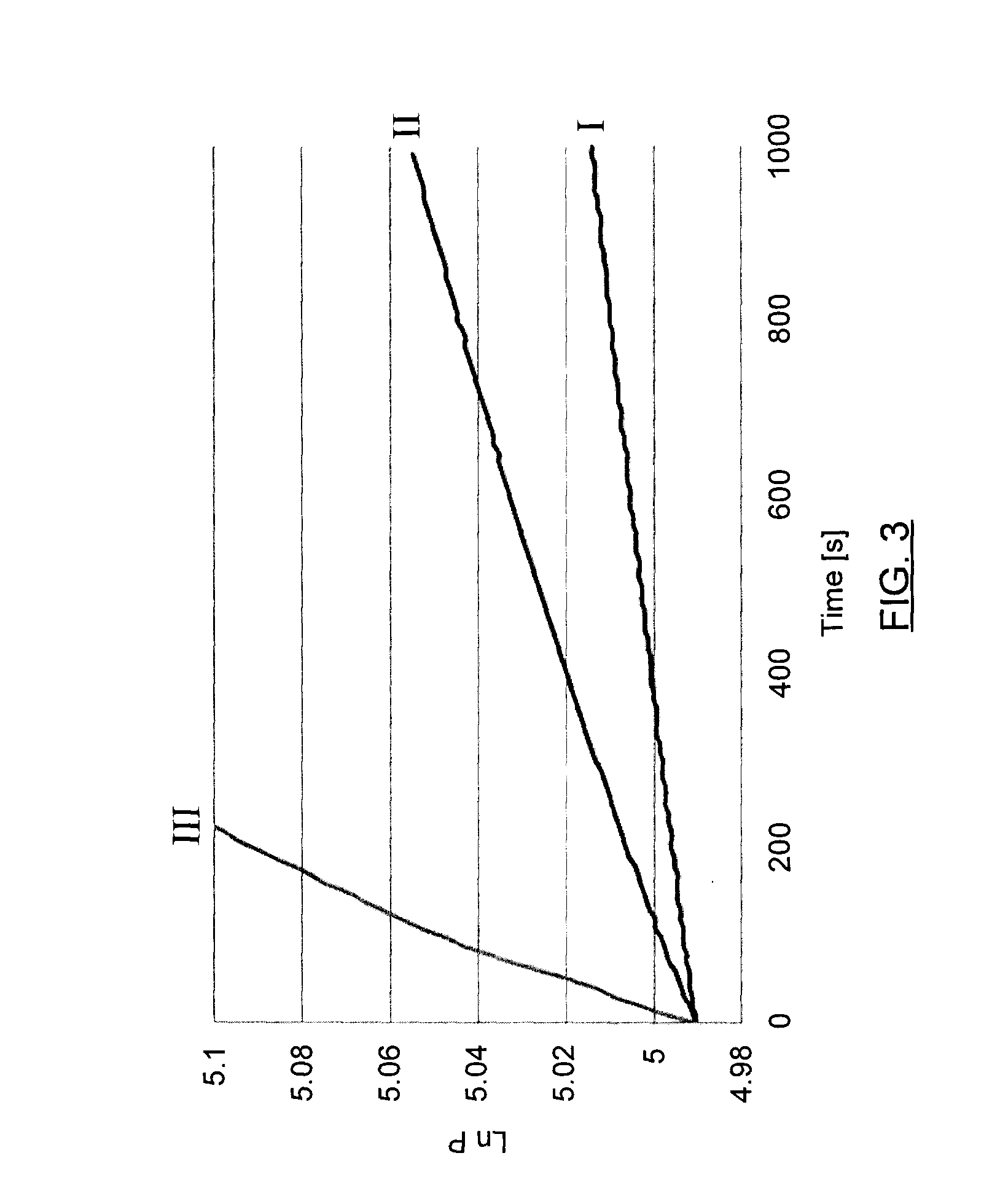Enzyme enhanced co2 capture and desorption processes
- Summary
- Abstract
- Description
- Claims
- Application Information
AI Technical Summary
Benefits of technology
Problems solved by technology
Method used
Image
Examples
example
Carbonic Anhydrase Impact on Enemy Requirement
[0087]Simulations were run to demonstrate the impact of carbonic anhydrase on absorber height and energy requirement in a CO2 capture desorption process. FIG. 10 is a representative drawing of the simulation. Two systems were considered for the simulation: MDEA with enzyme and MDEA with piperazine. Piperazine is used in combination with MDEA because MDEA alone is too slow a solution that would result in huge absorber height. However, piperazine reacts with CO2 and forms carbamate that requires high energy requirement for breaking them and releasing CO2 in the desorption stage.
[0088]Simulation parameters were the following:
Power Plant Gross Output827MWCO2 Production624Tonnes / hCO2 removal90%Gas flow rate855.2m3 / sTemperature40°C.Pressure1barCO2 concentration12mol %H2O7mol %O24mol %N277mol %Ab. Comp. concentration2mol / L
[0089]For the case where MDEA is used with enzyme; MDEA concentration was 2M. For the MDEA and piperazine solution, the tota...
PUM
| Property | Measurement | Unit |
|---|---|---|
| Fraction | aaaaa | aaaaa |
| Fraction | aaaaa | aaaaa |
| Fraction | aaaaa | aaaaa |
Abstract
Description
Claims
Application Information
 Login to View More
Login to View More - R&D
- Intellectual Property
- Life Sciences
- Materials
- Tech Scout
- Unparalleled Data Quality
- Higher Quality Content
- 60% Fewer Hallucinations
Browse by: Latest US Patents, China's latest patents, Technical Efficacy Thesaurus, Application Domain, Technology Topic, Popular Technical Reports.
© 2025 PatSnap. All rights reserved.Legal|Privacy policy|Modern Slavery Act Transparency Statement|Sitemap|About US| Contact US: help@patsnap.com



